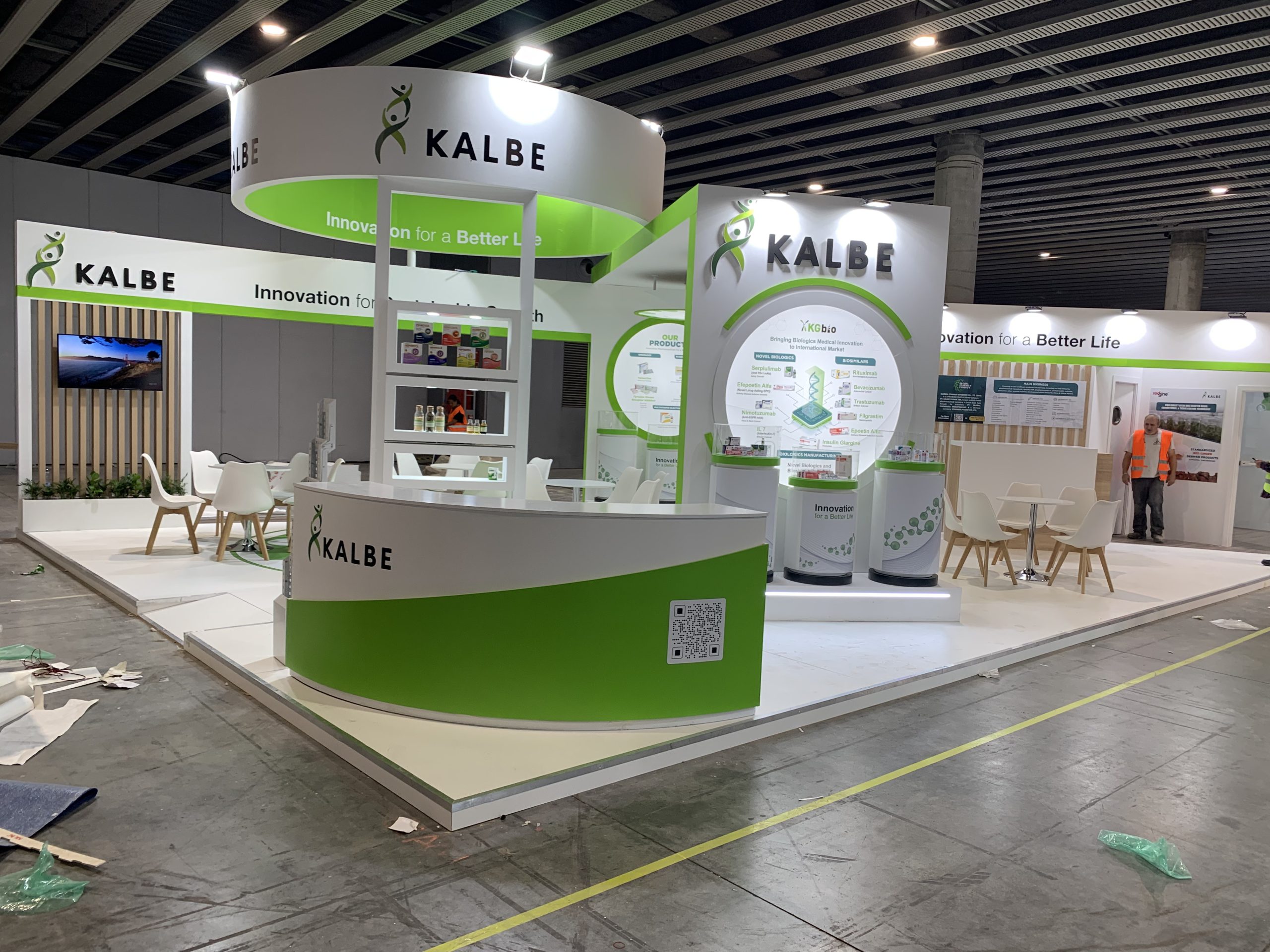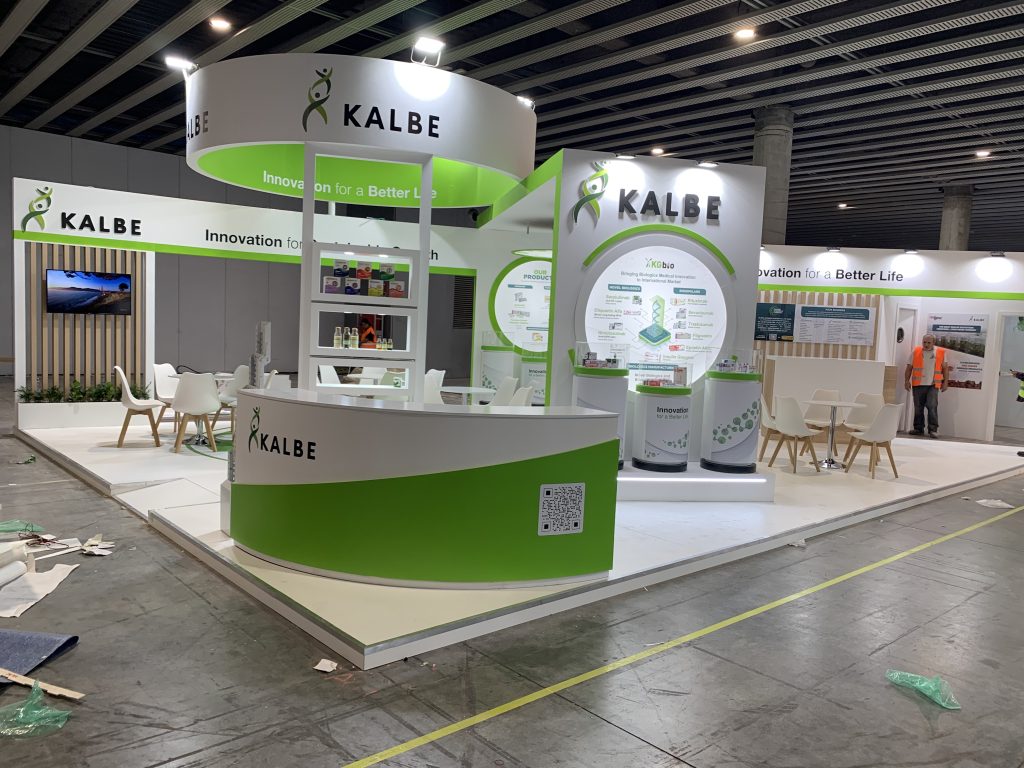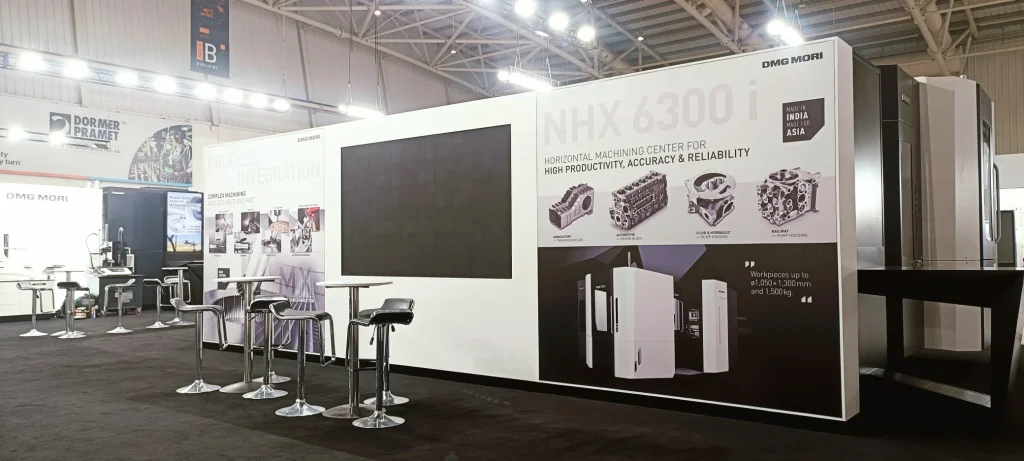
Introduction
In an era where sustainability is no longer a choice but a necessity, the design of exhibition booths is undergoing a transformative shift. BeMatrix Academy, a leader in modular booth solutions, is at the forefront of this evolution, advocating for sustainable practices in trade show booth design.
This guide explores the principles and practices of sustainable modular booth design, providing insights into how exhibitors can create eco-friendly, cost-effective, and visually appealing booths.
1. Understanding Sustainable Modular Booth Design:
Definition and Importance: Sustainable modular booth design involves creating exhibition stands that minimize environmental impact while maximizing reusability and flexibility.
- Eco-Friendly Materials: Utilizing sustainable materials like recycled aluminum, FSC-certified wood, and biodegradable plastics reduces the carbon footprint.
- Modular Components: Modular designs are inherently sustainable because they can be reused, reconfigured, and adapted for different events, reducing waste and the need for new materials.
2. Principles of Sustainable Design:
Reduce, Reuse, Recycle: The three R’s of sustainability are integral to modular booth design.
- Reduce: Minimize material usage by optimizing design and choosing lightweight yet durable materials. This also lowers transportation emissions.
- Reuse: Design booths with components that can be reused for multiple events. Modular systems allow for easy reconfiguration, adapting to various sizes and layouts.
- Recycle: At the end of their lifecycle, components should be recyclable. This includes using materials that can be easily dismantled and processed for recycling.
Energy Efficiency: Incorporating energy-efficient solutions is crucial for sustainability.
- Lighting: Use LED lighting, which consumes less energy and has a longer lifespan compared to traditional lighting.
- Power Management: Implement smart power management systems to minimize energy consumption during the event.
3. Design Strategies for Sustainable Booths:
Modular Systems: BeMatrix’s modular systems exemplify sustainable design through their versatility and durability.
- Frameworks: BeMatrix’s aluminum frames are lightweight, strong, and recyclable. These frames can be assembled and disassembled quickly, making them ideal for multiple uses.
- Panels and Infill: Use eco-friendly panels made from recycled materials. These panels can be customized with graphics and branding that can be easily updated without replacing the entire structure.
Minimalist Design: A minimalist approach not only aligns with modern aesthetics but also supports sustainability.
- Clean Lines and Open Spaces: Designing with simplicity in mind reduces material usage and creates an inviting, clutter-free space.
- Multi-Functional Elements: Incorporate elements that serve multiple purposes, such as storage units that double as display stands, reducing the need for additional furniture.
Green Materials: Choosing the right materials is fundamental to sustainable booth design.
- Recycled and Renewable Materials: Opt for materials like bamboo, recycled PET fabric, and reclaimed wood, which have lower environmental impacts.
- Non-Toxic Finishes: Use paints, adhesives, and finishes that are free from volatile organic compounds (VOCs) to improve indoor air quality and reduce health risks.
4. Practical Implementation:
Planning and Design: Effective planning is key to implementing sustainable booth designs.
- Needs Assessment: Conduct a thorough needs assessment to determine the optimal design and materials for your booth.
- Life Cycle Thinking: Consider the entire lifecycle of the booth components, from production and usage to disposal and recycling.
Vendor Collaboration: Work closely with vendors who prioritize sustainability.
- Eco-Friendly Suppliers: Partner with suppliers who offer sustainable products and share your commitment to environmental stewardship.
- Transparent Practices: Ensure that your vendors provide transparency about the sourcing and environmental impact of their materials.
5. Future Trends in Sustainable Booth Design:
Circular Economy: The concept of a circular economy is gaining traction in booth design.
- Design for Disassembly: Creating booths that can be easily disassembled and reassembled promotes reusability and recycling.
- Component Leasing: Leasing booth components instead of purchasing them can reduce waste and costs, promoting a circular lifecycle.
Technological Integration: Advancements in technology are driving further sustainability in booth design.
- Smart Booths: Integrating IoT (Internet of Things) devices can optimize energy use and monitor environmental conditions in real-time.
- Virtual Components: Augmented reality (AR) and virtual reality (VR) can reduce the need for physical materials by offering immersive digital experiences.
Conclusion:
Sustainable modular booth design is not just a trend but a vital practice for the future of exhibitions. By adopting the principles and strategies outlined by BeMatrix Academy, exhibitors can create booths that are not only environmentally responsible but also innovative and engaging. Embracing sustainability in booth design reflects a commitment to the planet and positions brands as leaders in eco-friendly practices, ultimately contributing to a more sustainable future for the exhibition industry.


 US
US
 EU
EU


